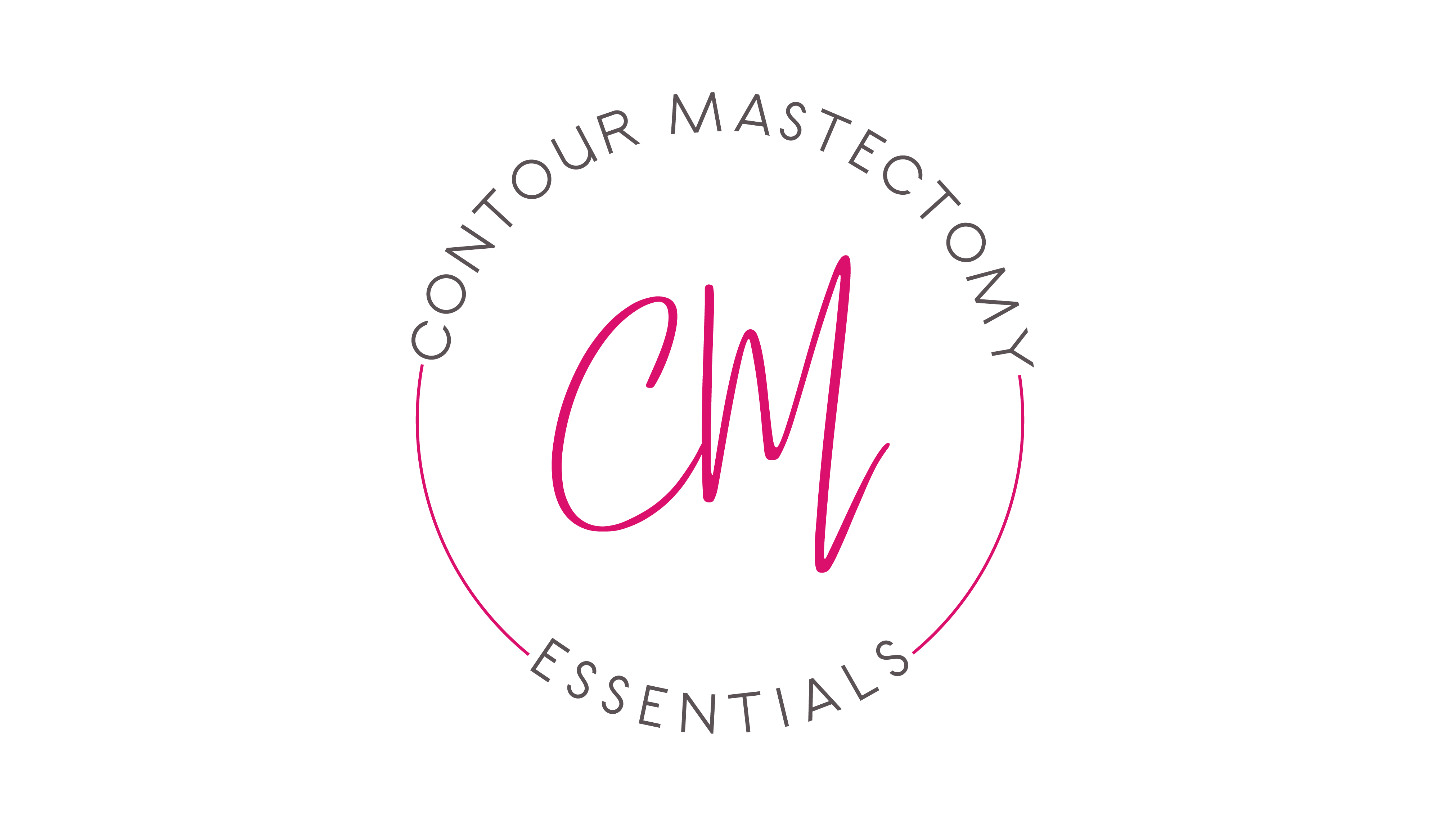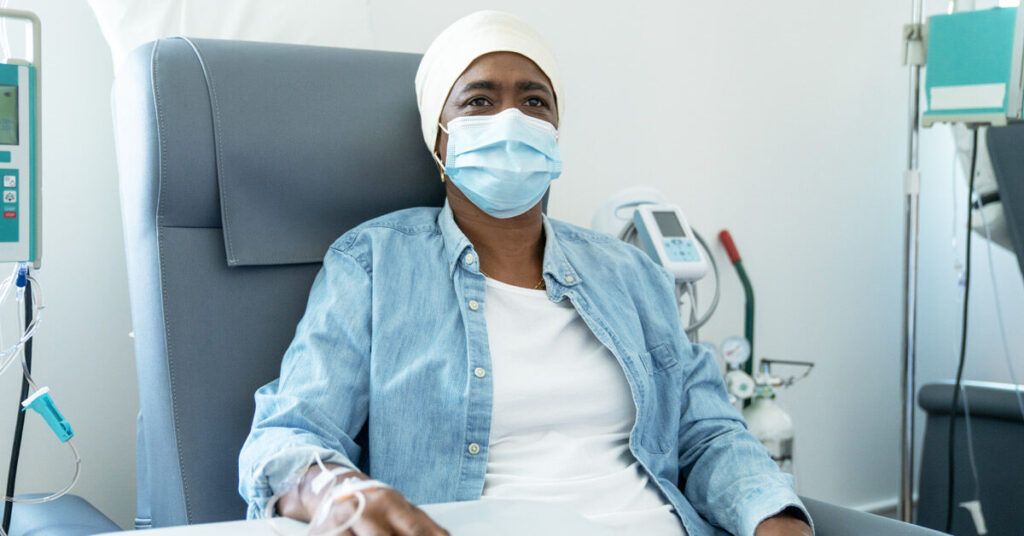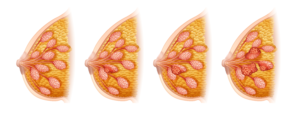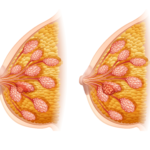Many cancer patients will receive chemotherapy infusions as a part of their cancer treatment. A port is a handy tool for the patient and the healthcare team.
What is an implanted port?
An implanted port (called a “port” or port-a-cath) is a central venous catheter(called intravenous or IV therapy this device is used to draw blood and give treatments, including
How long can I have my port?
Unlike an IV catheter, which must be reinserted for each treatment session, a port can remain in place as long as necessary – for several weeks, months, or even years. The port can be removed through a relatively simple outpatient procedure when no longer needed, as long as it works well and shows no signs of infection.
Chemo port advantages over an IV catheter
In addition to streamlining the delivery of chemotherapy medications, a port can provide several other benefits as compared to an IV catheter:
- A port site is prepared with a sterile technique, which ensures that all surfaces are free of microorganisms and thus dramatically reduces the risk of Infection (an IV site is prepared with a clean but nonsterile technique).
- A port can also deliver fluids and transfusions, draw blood for lab testing, and inject dye for PET and CT scans.
- A port reduces the risk of medications coming into contact with – possibly irritating the skin.
- A port can be used to provide treatments that span several days.
Some implanted ports may be used for high-speed injection during a CT scan or MRI test (a special kind of x-ray). These ports are called “power-injectable ports.” Your provider will let you know if you have a power-injectable port.
Advantages of a port:
- Access to a port is into the port mechanism, not directly into the vein. This avoids puncture wounds and damage directly to the vein.
- The port is generally apparent and easily felt, resulting in safer, more efficient access than an IV site. However, a secure IV access site can be challenging for some patients.
- Some medications can cause severe, sometimes permanent, tissue damage if they come into contact with the skin. This can occur more easily with an IV access but is rare with a port.
- The port access site is prepared with a sterile technique; IV access is clean.
- Accessing the port can be used for delivering fluids, medications, and transfusions; drawing labs; and PET/CT dye injections for scans (power ports). IV access with treatment generally requires two venipunctures; one for lab draws and then one IV access for treatment.
- The port can remain accessed with a needle for up to seven days if no complications arise; an IV is generally limited to four days.
- IV nutrient (food) — this is called Parenteral Nutrition
- The port can be permanent and used as long as needed; IV access is always temporary. Ports can be removed when no longer needed.
Disadvantages of a port:
- If the port is not being used at least every four weeks, it must be flushed to keep it safe for use.
- Port placement requires a surgical procedure; IV access does not.
- Risks in both port and iv procedures Infection
- Occlusion or blockage of line
- Dislodgement of port or line
- Damage to the port
Sometimes, chemotherapy is delivered safely through a standard (or “peripheral”) IV line. Other times, infusions must be administered through a central line catheter, such as a PICC, CVC, or port.
What are the differences between an IV, a port, and a central line?
- A peripheral IV line (PIV, or just “IV”) is a short catheter typically placed in the forearm. It starts and ends in the arm itself.
- A PICC line is a longer catheter placed in the upper arm. Its tip ends in the body’s most prominent vein, so it’s considered a central line. PICC stands for “peripherally inserted central-line catheter.”
- A CVC is identical to a PICC line except placed in the chest or neck. CVC stands for “central venous catheter.”
- A port is a catheter implanted surgically under the skin of the chest. It is another type of central line.
Which one is best?
- It depends on the type of chemotherapy you need and the time required to administer it.
- A PIV can be left in place for up to four days and can only be used with certain types of chemotherapy (those that don’t cause irritation or blistering, which can damage veins).
- A PICC line can be left in place for weeks or months but must always be kept dry (even when showering). It also requires regular cleaning and maintenance to function well.
- A CVC can remain in place for weeks, months, or until treatment is complete. However, it must also be kept dry and regularly maintained.
- A port can stay in place for years requiring little maintenance. Patients can shower or even swim with a port.
All central lines (PICC, CVC, and port) can deliver chemotherapy.
Which patients should consider getting a port or a central line?
- If you’ve had difficulty placing regular IVs, you may want to consider installing a port or other central line. However, most patients have PIV experience and can report if inserting them is difficult. And as treatment progresses, it may become more and more challenging to place a PIV. So, talking to your doctor about it before starting treatment is essential.
- You should also consider getting a port or other central line if you’ve had reactions to chemotherapy infused through a PIV — such as pain, redness, swelling at the IV site, or streaking (redness/discoloration tracing along the vein).
- Your Oncologist recommendations
- If you need a continuous chemotherapy infusion through a portable pump at home, you’ll need a central line. These infusions cannot be given through a PIV due to the high risks of chemotherapy leaking into surrounding tissues and accidental dislodging.
- Your doctors may also recommend one based on the state or accessibility of your veins. For example, if you already have small, weak, or hard-to-find veins or routinely have difficulty placing PIVs or drawing blood for lab work, a central line or port may be placed before starting treatment.
- Since port placements require sedation and anesthesia in an operating room, some patients have concerns about having surgery. But other central lines can be placed in the clinic using local anesthesia. So, typically a PICC line is recommended to avoid general anesthesia.
Challenges of having a port or central line
- For PICCs and CVCs, care can sometimes be a challenge. For example, you must keep the dressing clean, dry, and intact at all times, so you have to cover it with plastic wrap and tape during showers, and you cannot take baths or go swimming.
- Patients also complain about limitations to their activities. For example, exercising can be strenuous because external catheters sometimes catch on to things.
- We remind patients that they can still do walking or cycling. We also note that ports allow patients more freedom, so talk to your oncologist if you are interested in one to see if you will be a good candidate.
- Patient care for ports and central lines
- CVCs and PICCs require weekly dressing changes and daily flushing for maintenance. Ports are flushed after each use and only need flushing once a month when not used regularly. No dressing changes are required with a port.
Misconceptions about ports and central lines
There are two:
- Patients sometimes say they don’t want a port or central line because of the high infection rate or risk. While it’s true that there’s a risk of Infection with any catheter, that risk can be decreased with proper care and maintenance. In addition, observing the site will help catch any complications early on and produce better outcomes.
Ports and central lines do not end with the tip of the catheter inside the heart. Instead, the tip of the catheter is located either in the superior vena cava (SVC) or at the aortocaval junction (ACJ), where that large central vein meets the heart. - A surgeon or interventional radiologist (an IR doctor) will place your port. An IR doctor is a doctor who is a specialist in image-guided procedures. They usually will place your port in your chest. However, a port can sometimes go into your upper arm instead. Your healthcare provider will discuss where your port will be placed.
Ports in the chest are usually about 1 inch (2.5 centimeters) below the center of your right collarbone (see Figure 1). This allows for the most direct access to your vein. If you wear a bra, your port will be about 1 inch from your bra strap.
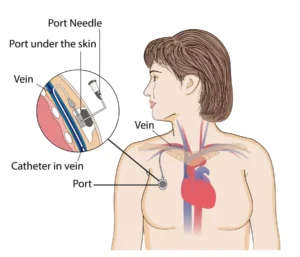
Figure 1. Front view of port (left) and side view of port (right)
Your port may raise your skin about ½ an inch (1.2 centimeters). You may be able to feel it through your skin. Most people will not be able to tell that you have a port.
Your port can stay in place for years. Your healthcare provider will remove your device when you no longer need it. They also will remove it if it gets infected. You can have another port put in later if you need one.
Ports and central lines are there to help you and are very safe ways of delivering chemotherapy. Your healthcare provider will tell you if getting a port is best for you and your treatment.
REFERENCES
Memorial Sloan Kettering Cancer Center
National Cancer Institute
Moffitt Cancer Center
University Health Network
Green Bay Oncology
MD Anderson Center
UNH Patient Education
